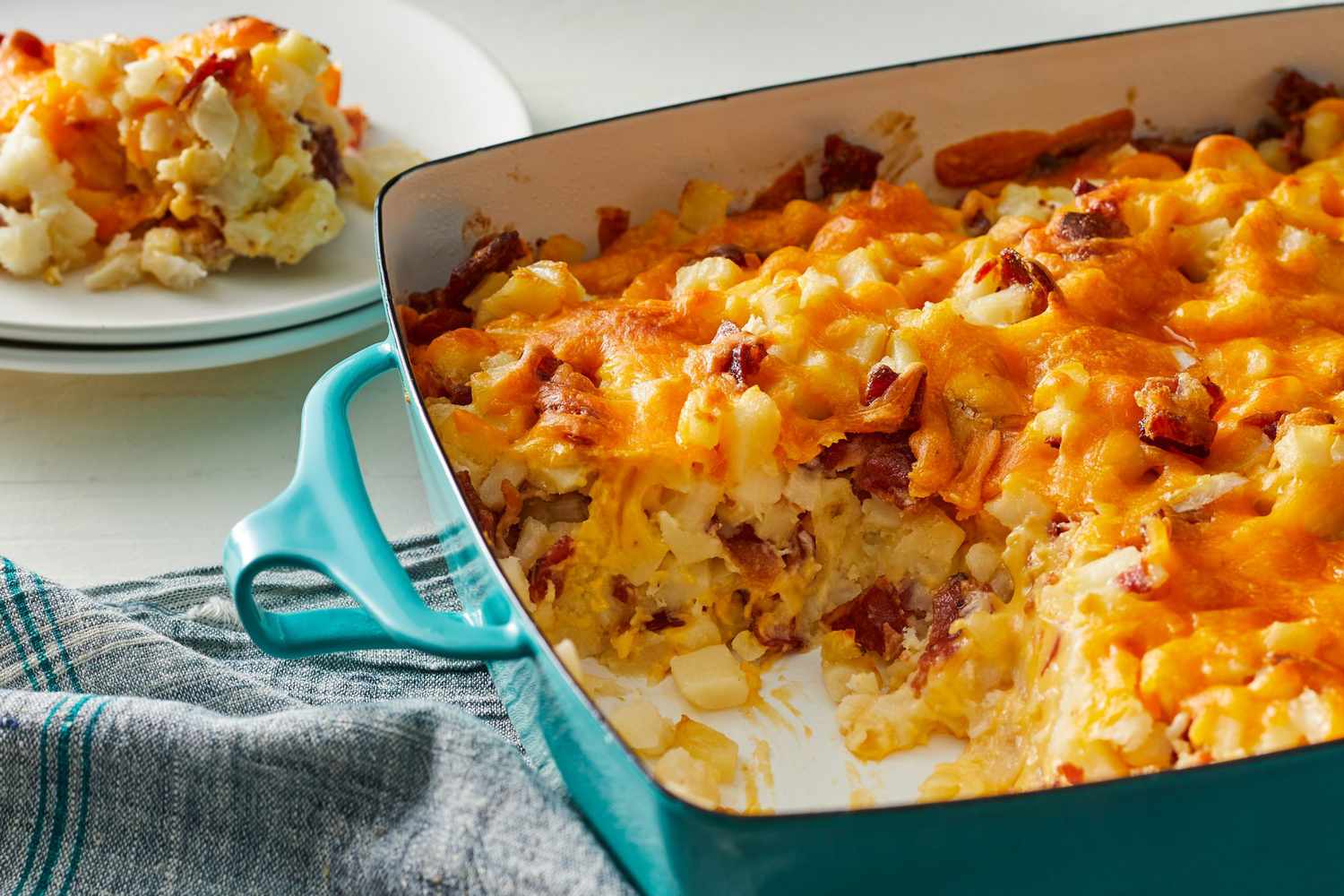We’ve all been there: Your recipe calls for a 9×13 pan but all you have is an 8×8 pan, or vice versa. Fortunately these two common baking dish sizes are really easy to go between. In fact, you likely won’t even need to pull out a calculator.
Adjusting a Recipe for a Different Pan Size

The area of a 9×13 pan is 117 square inches. The area of a 8×8 pan on the other hand, is 64 square inches, or close to half that of a 9×13 pan. This means you can scale a recipe down from a 9×13 pan to an 8×8 pan by simply halving the recipe. Conversely, to go from a 8×8 pan to a 9×13 pan, you double the recipe. And because there’s not a major difference in the depth, there’s no need to adjust the oven temperature or cooking time (although you never know when you’ll need to add or subtract a few minutes depending on your oven, so do still consider any visual cues provided in the recipe to signify doneness, such as browning, cracking, etc.).
What If You Can’t Halve the Ingredients?
Most ingredients are easy to halve. Take flour, for example: You can easily go from 1 cup to ½ cup or from 2 ½ cups to 1 ¼ and so on. However, there are other ingredients that are harder to halve, like a whole egg. Do you really need to halve those ingredients? It depends on what you’re making.
For Casseroles
Fortunately, that extra tablespoon or so of liquid will make very little difference in the final result, so go ahead and use the whole egg.
For Baking
Eggs play an important role in adding moisture to, leavening, and binding the dough in baked goods. So if you’re making a baking recipe like brownies or a sheet cake, you’ll need to be a bit more precise about halving ingredients. The best way to do this is to weigh your ingredients using a digital food scale. A grade AA large egg weighs about 1.75 ounces without the shell. Here’s how to halve an egg for baking:
- Start by cracking the egg into a bowl and beating with a fork or whisk until the yolk and the white are combined.
- Add an empty bowl to a food scale. Use the tare function to zero out the weight of the bowl.
- Add the egg to the empty bowl a little at a time until you reach about 0.875 ounces.
For even more pan shapes and sizes, check out our baking pan conversion chart.
Related:
- It’s Officially Casserole Season — Here Are the 7 Pans You Need
- The 10 Essential Baking Pans Your Kitchen Needs
- Browse our entire collection of Casserole Recipes.




